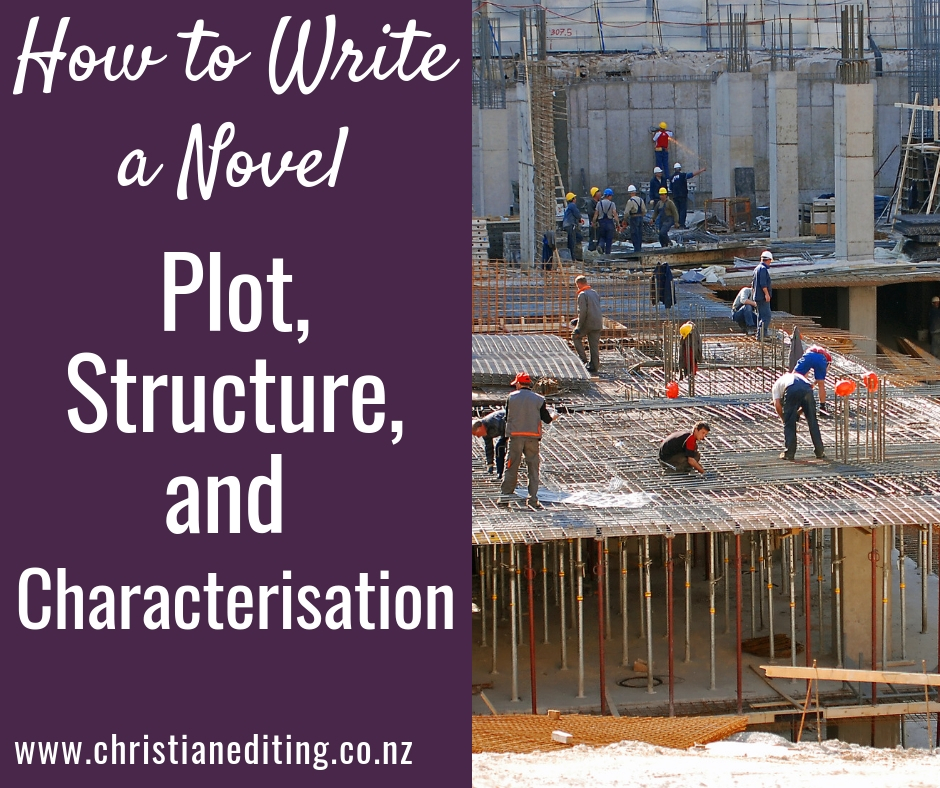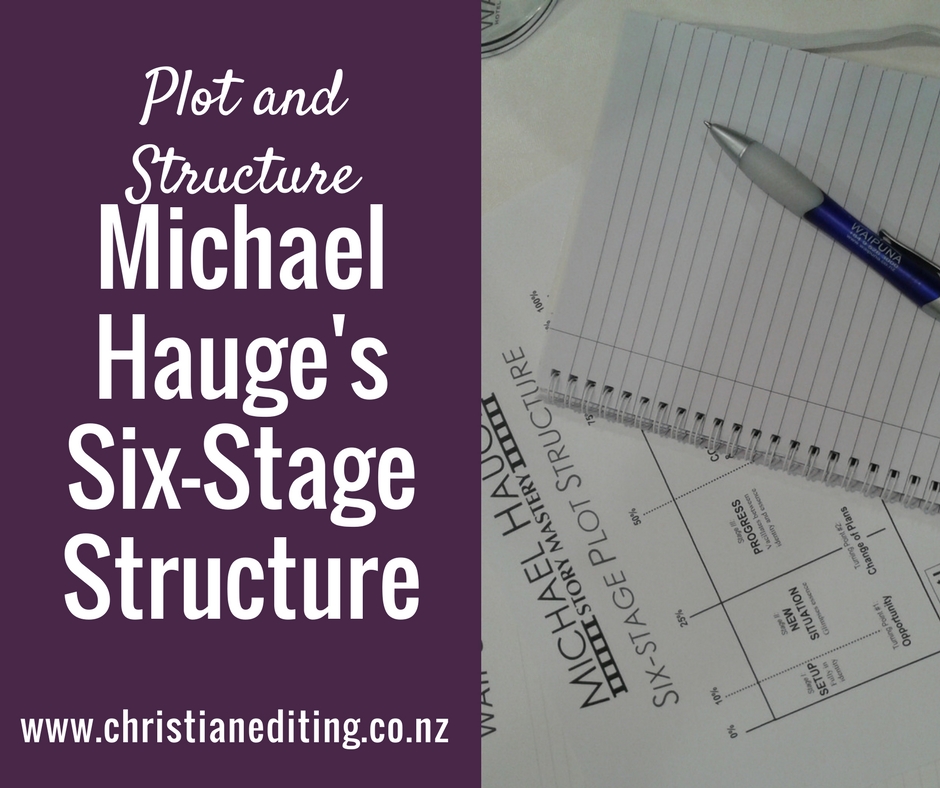KM Weiland is the author of two books on writing (Outlining Your Novel and Structuring Your Novel), and several works of fiction, including Behold the Dawn and Dreamlander. This post is based on the information in Structuring Your Novel, available on Kindle, and which I highly recommend for Weiland’s understandable and no-nonsense way of explaining structure in ten steps:

The First Act
1. The Hook
The Hook will always be a question (perhaps explicit, but probably implicit), piquing your readers’ curiosity, urging them to read on and find out, “What happens next?”. This needs to be as close as possible to the beginning of the book—ideally on the first page, if not in the first line.
Your opening also needs to set the tone of your book (is it light, dark, funny, sad, deep …), and perform several other vital functions:
- Introduce your hero and heroine
- Establish the time and setting
- Open with movement
- Establish conflict
Weiland cautions against using prologues (because they force the reader to begin the story twice), dream sequences (considered Freudian), flashbacks, flashforwards or too much backstory in the opening chapters. Done well, these techniques can form compelling fiction, but they are usually not done well.
2. The Inciting Event
The Inciting Event (which may also be called the Inciting Incident) is the conflict which sets the story’s action in motion. It is most often found in the opening chapter, but sometimes the Inciting Event occurs before the story itself actually starts, and sometimes it won’t happen until late in the first quarter of the book. Be aware that if the Inciting Event doesn’t occur quickly, the story may begin to drag (and remember, if a story feels as if it is dragging, it is probably because the structure is off).
3. The Key Event
The Key Event is related to the Inciting Event. It is that moment or action when the lead character becomes engaged by the Inciting Event. If the Inciting Event is the start of a war, the Key Event is when the protagonist becomes personally involved in the war.
4. The First Plot Point
The First Plot Point is an event that changes everything for the protagonist.
The first quarter of your book lays the foundation of your entire story. Everything that is important at the end of the story must have been introduced in the First Act (equally, everything that is introduced in the First Act should have relevance and importance later in the story). Laying this foundation for future conflict is the most important function of the First Act.
The second function is to give your readers the opportunity to learn about your characters, about their goals and motivations. This is best done through the use of deep point of view.
The Second Act
5. The First Half of the Second Act
The protagonist is now reacting to the events around them. There must be no choice: they have to react to what has now become the status quo. There is no way back to ‘normal’.
6. The Midpoint
The Midpoint is your story’s second major plot point (or, as Randy Ingermanson says, your second disaster). The difference is that now your character is more equipped to handle what happens.
7. The Second Half of the Second Act
Now your protagonist is ready to go on the offensive, to take action against the antagonistic force. This Midpoint has changed the way your protagonist sees the world, so this is also where we will start to see change in their character arc (because character change, like conflict, is one of the hallmarks of good fiction).
The Third Act

8. The Third Plot Point
This is, once again, going to change everything. Whatever happens here is going to force your character to a low place. He’s going to finally have to analyze his actions and his motivations and get down to the core of his own personal character arc.
9. The Climax
Your Climax is the point of the whole story. This is where the conflict must finally be resolved, one way or the other. It will
probably start at around the 90% mark of the story, and finish only a few pages before The End.
10. The Resolution
The Resolution is the one final scene that shows how your character will react to the events of the Climax. These closing paragraphs have dual purpose: to leave your reader with warm feelings about this book, and to sell your next book.
The three-act structure, the Snowflake method, the ten-point method … What method of plotting do you use? One of these, or something different?








